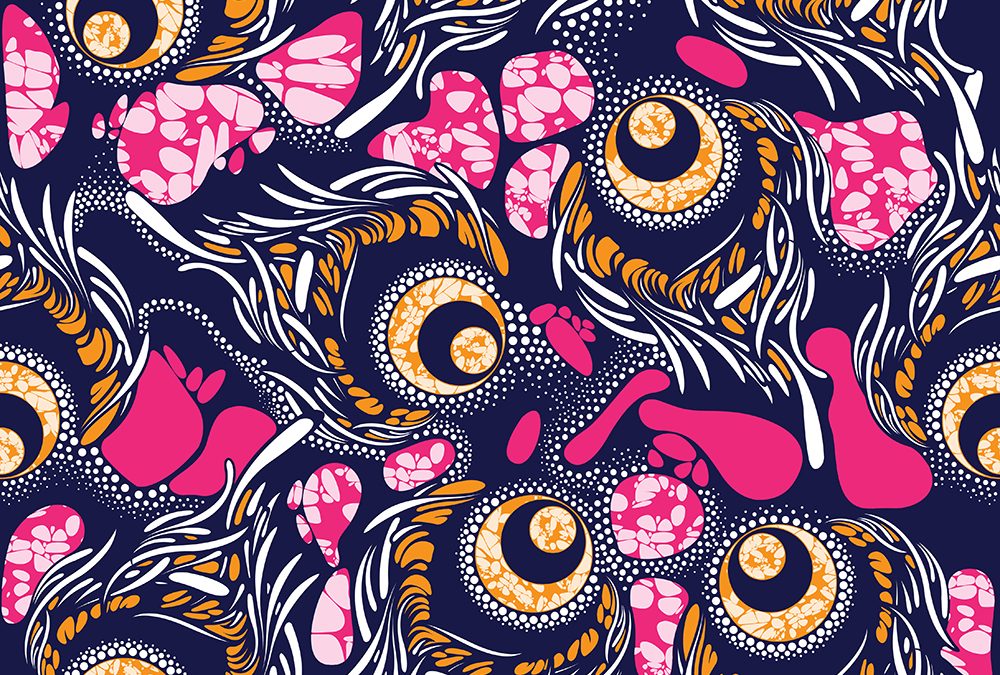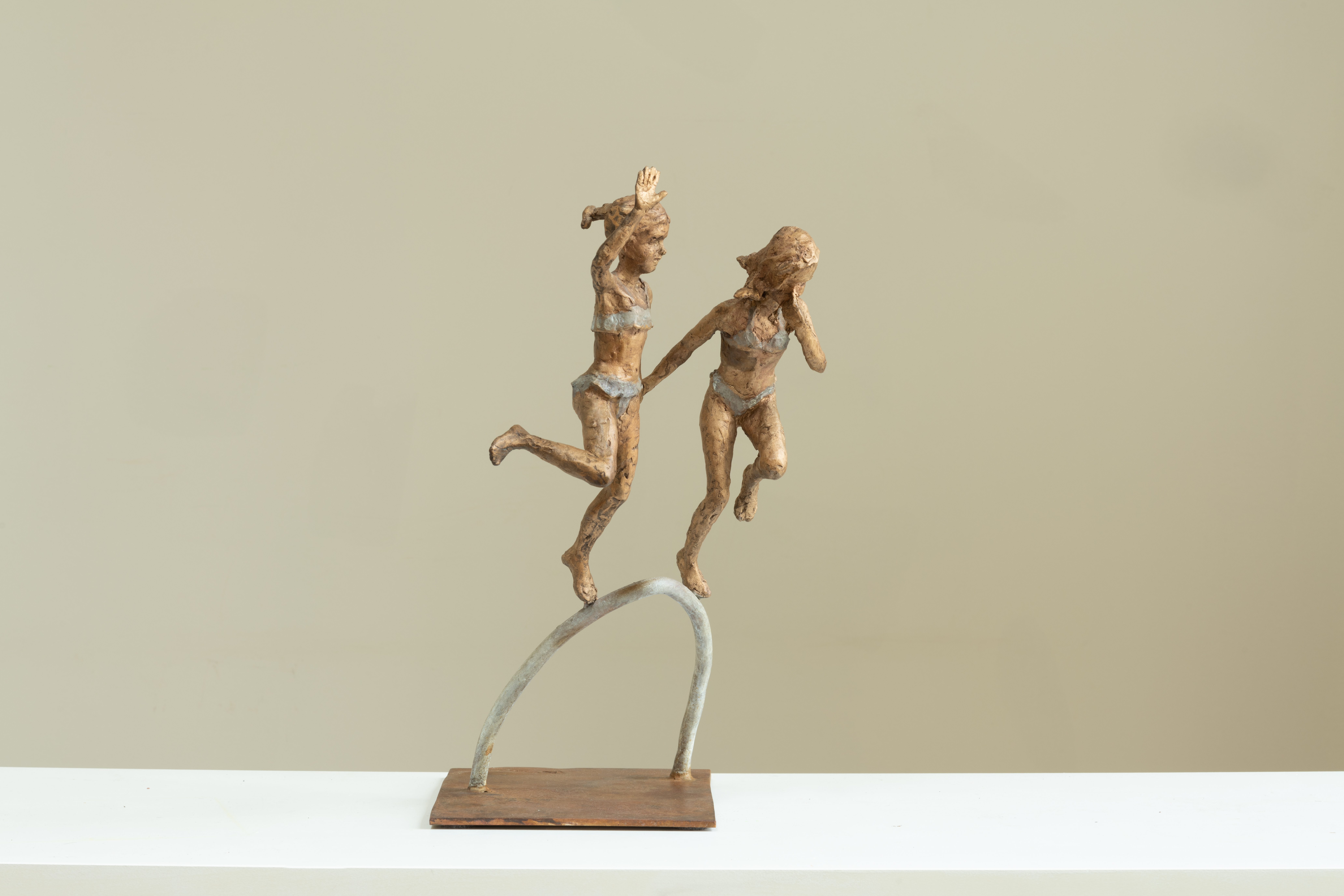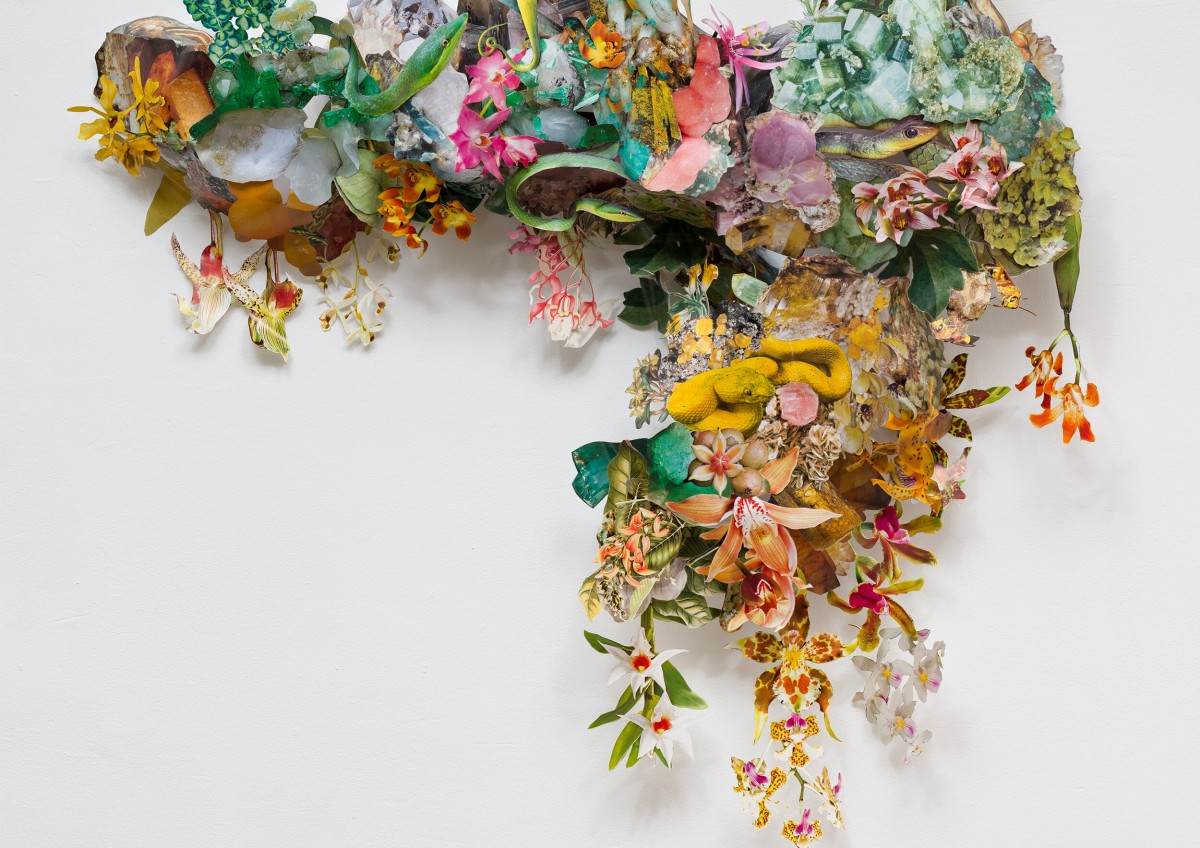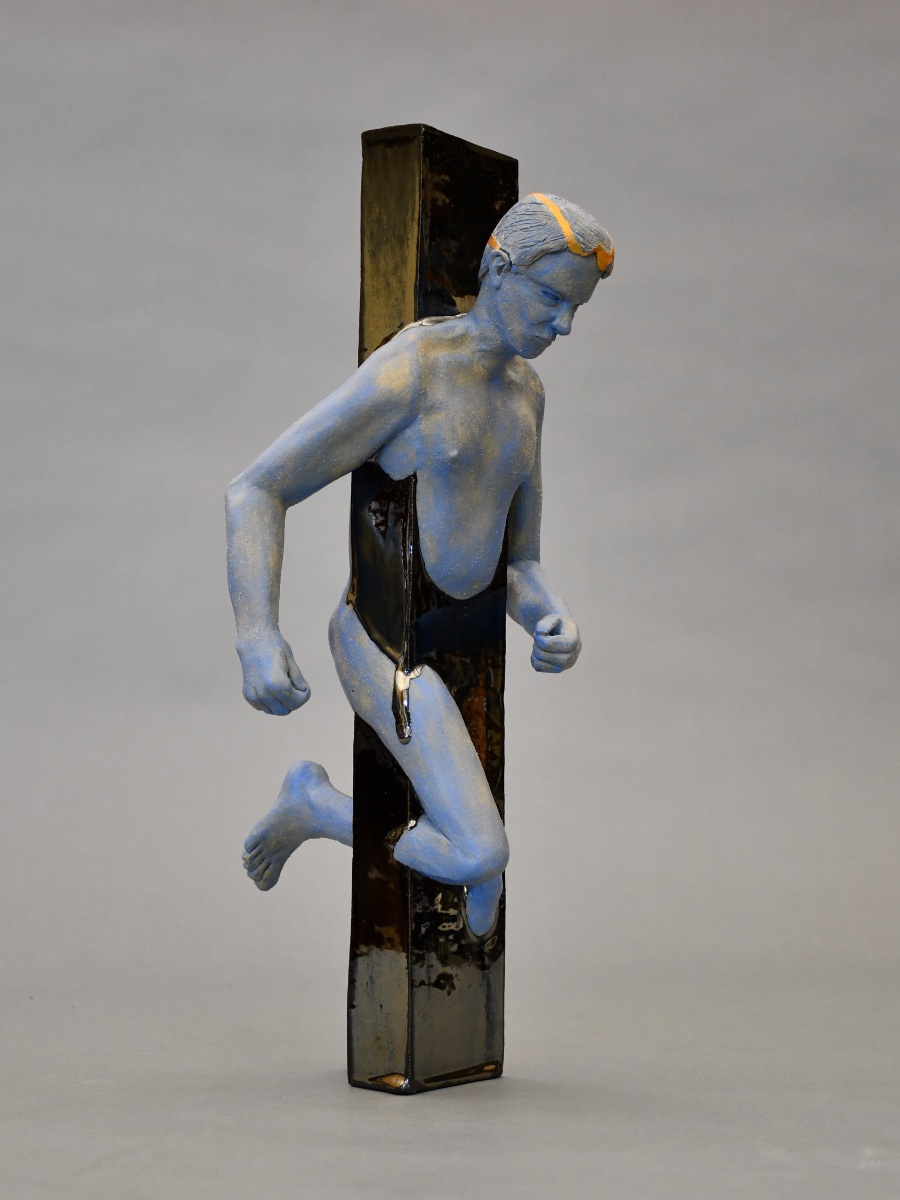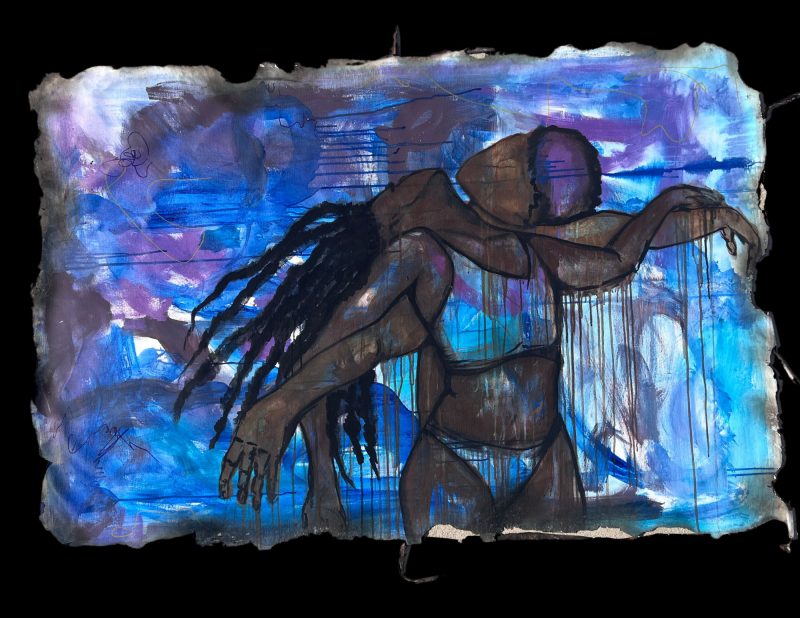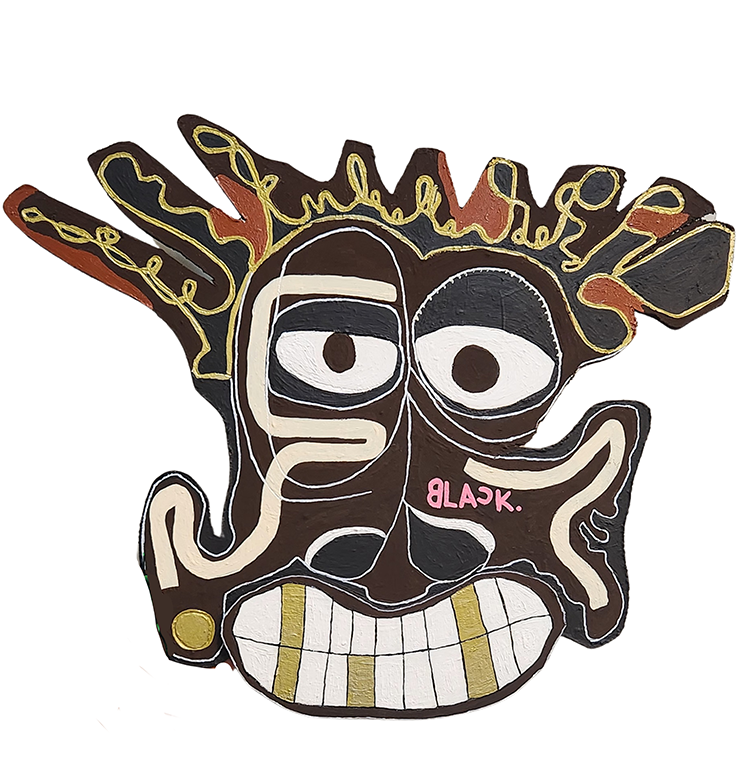Colors, patterns, and structure make consumer goods made from fabric unique from one another. Without variation, the colors of your clothes, blankets, or pillow cover would look plain and repetitive. Making a fabric attractive is no easy task. Nevertheless, it’s possible thanks to the creativity of textile designers. Textile designers are artists. They breathe life into a fabric by infusing it with their creativity.
What Is Textile Design?
Textile design is the process of producing graphics on fabrics. Textile design can be applied to all types of fabric. Still, the difficulty of producing and the quality of the graphics might differ depending on the type of fabric used. Aside from embedding graphics such as patterns, characters, and colors, the textile design also determines the structure of a fabric-based product.
Textile design can be done using modern and traditional methods. As an age-old process, cultures all over the globe have different ways of the design process. Traditional methods in the textile design are batik (see article on Watercolor Batik on page 40), mudcloth, Otomi, shisha, Toile de Jouy, block print, suzani, kente cloth, shibori, farazada, ikat, and Kuba. Modern methods, on the other hand, utilize computer-aided software and printers.
Basic Skills
Textile design is closely related to art. Therefore, it will be an advantage if you have prior experience in the fields of painting, sketching, mosaic, and other creative art forms. You don’t need to have an artistic background to be a successful textile designer. Nevertheless, it will be easier for you to understand the techniques and principles if you’re fond of art.
One fundamental skill that you need to develop as a textile designer is a keen attention to detail. You should be able to recognize potential mistakes and, if possible, the unnecessary elements that don’t contribute to the beauty of the textile print patterns.
You should also have a knack for visualizing the unseen. Professional textile designers think about the overall look of the desired pattern before working. By doing this, they can determine how easy or difficult it is to achieve the textile design that they want the fabric to have. Visualizing can also help foresee possible errors and drawbacks.
Knowledge about the color chart or color wheel is a plus. Textile designers constantly utilize color to enhance the look of a pattern. Furthermore, designers have to ensure that the color on the textile imprint complements the color of the fabric. Being knowledgeable about the relationship of colors is a simple yet very crucial trait that you need to develop. It helps you avert coming up with designs that are senseless and confusing.
Textile Designer Careers
So what are the careers waiting for you? As a beginner, you might work as an assistant textile designer. You can also work as a quality assurance inspector or manager for textiles. If you’re into home improvement, you can work as a textile designer for home furniture or get employed in a company that specializes in interior design.
Some textile designers also find themselves in the fashion industry. Textile design and fashion design are closely linked. Most fashion brands, big or small, need capable textile designers to work with fashion designers. Some successful textile designers in the fashion industry are Neeta Lulla, Dai Fujiwara, Aleksandra Gaca, Sonia Delaunay, Raoul Dufy, and Zika Ascher.
Manufacturing Process
Textile designers play a vital role in the workflow process of companies who make products out of fabric. They provide the designs and graphics for fabric. Experienced textile designers also help come up with new and better ways of producing fabric. For example, a textile designer might invent more efficient methods of weaving and knitting. He or she might also change the way the fabric is treated in the factory to develop tensile strength. Finally, a textile designer might also research a better or cheaper raw material for fabric production.
Some textile designers play a role in quality control. As inspectors, textile designers look for flaws in the structure and the imprinted design. Textile designers who take this role in the workflow process are those gifted with exceptional attention to detail and experience in the field.
Textile Design and Brand Identity
Let’s talk briefly about the relationship between brand identity and textile design. The textile design of one brand can’t be directly copied by another. Brand duplication might result in lawsuits or the pitfall of a brand itself. This is especially true for companies who are top influencers in the fashion industry. The textile design makes one brand unique from another. For example, some brands use specific color schemes and patterns that make their brand unique and easy to distinguish. In fact, some luxury brands find success in creating a solid identity in the market by putting a heavier emphasis on textile design rather than the overall style of their products. Examples of these are Chivasso, Aldeco, Casamance, Christian Lacroix, and Hermes.
Tools of the Textile Designer
The first tool that you should invest in is a powerful computer. Note the term “powerful”. Weak computers are useless for a textile designer. It’s because most of the software that you’ll use for creating textile designs loads the CPU and RAM of a computer heavily. To be specific, what you need is a computer that has 4 gigahertz CPU capacity, a graphics card, 8-gigabyte ram, and an i5 or i7 processor.
A sketchbook is crucial even though you already have a computer that’s installed with textile design software. As a textile designer, it’s common to have spontaneous ideas that inspire unique patterns or graphics. These ideas are too precious to be left alone. This is where a sketchbook becomes useful. A sketchbook allows you to draw an idea for later reference no matter where you are.
Books in textile design are useful whether you’re still learning or a master of the craft already. Continuously reading books will keep your knowledge about textile design fresh and up to date. Furthermore, they might inspire you to come up with a new idea that others haven’t thought about yet.
Finally, you should download all the latest software for digital textile design. A few that I recommend are Artlandia (an adobe illustrator plug-in), Clicdesign (an adobe photoshop plug-in), and Evolution.
Textile design is a solid way for you to earn money and pursue your passion for art. It’s a career that fuses ingenuity, creativity, and intellect. Many who become textile designers become members of the upper echelons of society. That said, becoming a textile designer might be the way for you to achieve a grand and luxurious lifestyle.

